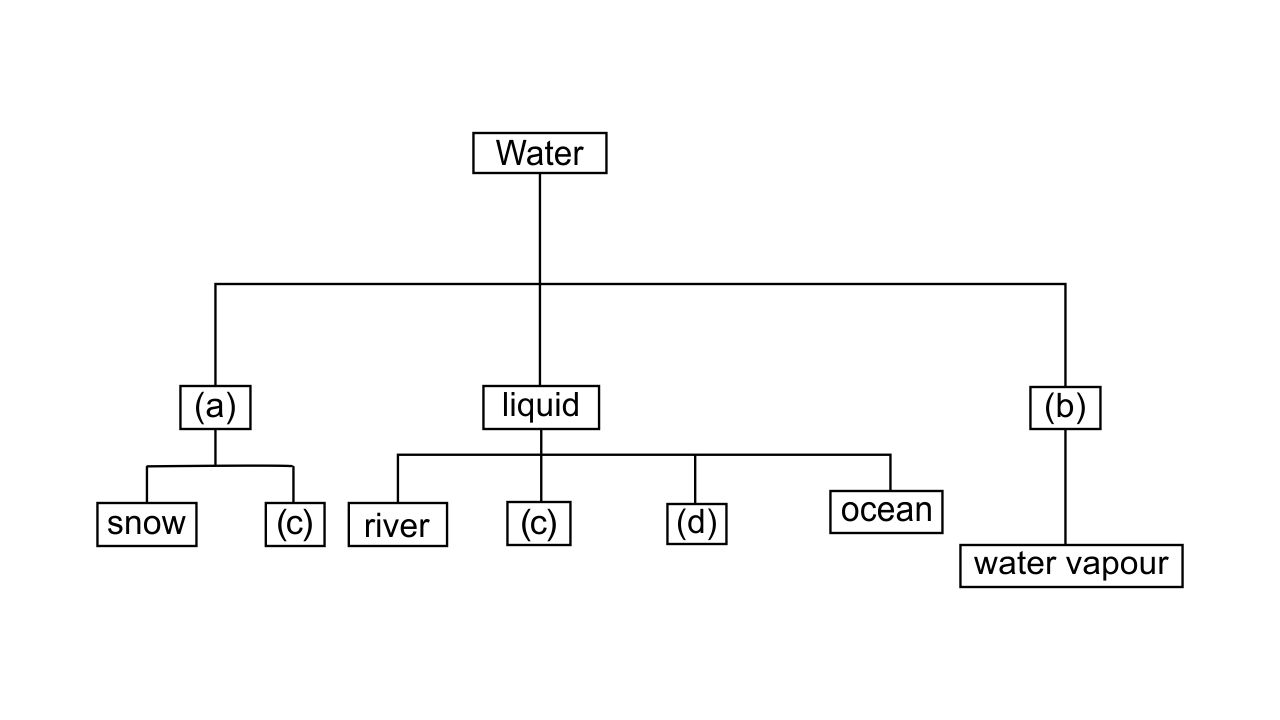About Class 7 Science NCERT Exemplar Solutions Chapter 16
FAQs on NCERT Exemplar for Class 7 Science Solutions Chapter 16 Water : A Precious Resource
1. Why is Water a precious resource?
The whole NCERT exemplar for Class 7 Science Chapter 16 (Water - A precious resource), has emphasized enough the grave importance of water. Water is one of the most important natural resources for the survival of humanity on the planet earth. Not only humanity but water is required by every living organism to survive. Water is the basis of the existence of all life on earth. Without it plants will wilt, animals will die to the point where no life will exist.
2. List two ways why Humans are responsible for Water Depletion?
Humans are a major factor in Water Depletion on the Earth. These are two major ways human contributes to water depletion:
Agricultural activities: Agriculture is the biggest reason for the constant reduction in the available groundwater. Due to irregular rainfall, farmers have no other option but to depend on Groundwater. Hence the reduction.
Increasing industries: Human population is increasing, so the increase in the number of industries to fulfil the demands of the increasing population. And these industries directly or indirectly require water to run. Hence increasing the burden on current water resources.
3. How does Groundwater get recharged?
Groundwater is recharged through the process of Infiltration. When rain falls, the water from various sources (River, lakes and ponds), with rainwater seeps into the ground, via soil and cracks in the ground. Infiltration is the name given to this process of water getting into the ground. But nowadays, Groundwater available is reducing day by day, due to the over-exploitation of it, done by human beings. Humans are consuming groundwater more than nature can recharge it. Hence, steps are needed to preserve it.
4. Why is Water Day Celebrated each Year?
The World Water Day is held each year on the date of 22 march. This day is celebrated to spread environmental awareness about the concerning trends of exploitation of water resources. Every year, water day is celebrated to attract the attention of people towards these trends, to educate the people about the importance of water conservation and about the dangerous consequences of not preserving water. The United Nations is the organization, which marks 22 March as World Water Day.
5. What is Water Table?
The Water Table is the uppermost limit of the layer, under which the space between particles of soil and gaps between the rocks is completely saturated with water. Water found below the water table is known as Ground Water.
The levels of the water table fluctuate a lot, depending upon the pace and time of measurements taken. But in general, the water table is continuously decreasing every day, due to the over usage of groundwater, throughout the world.

















